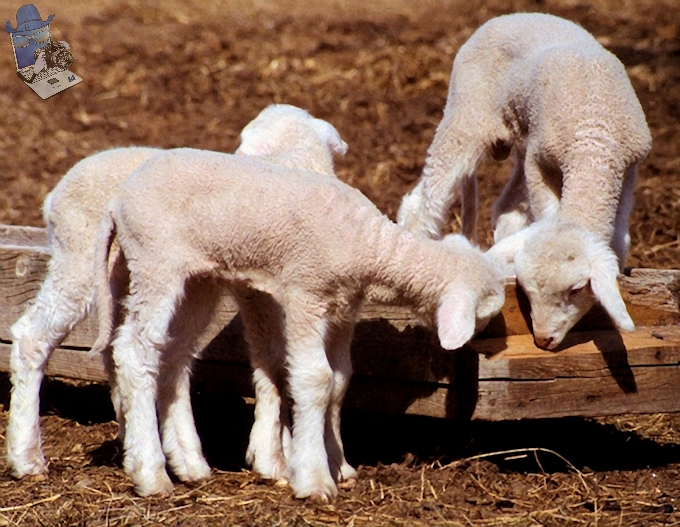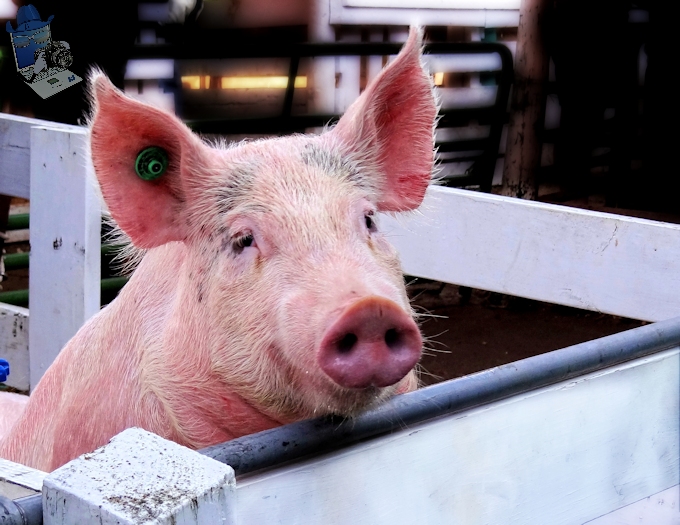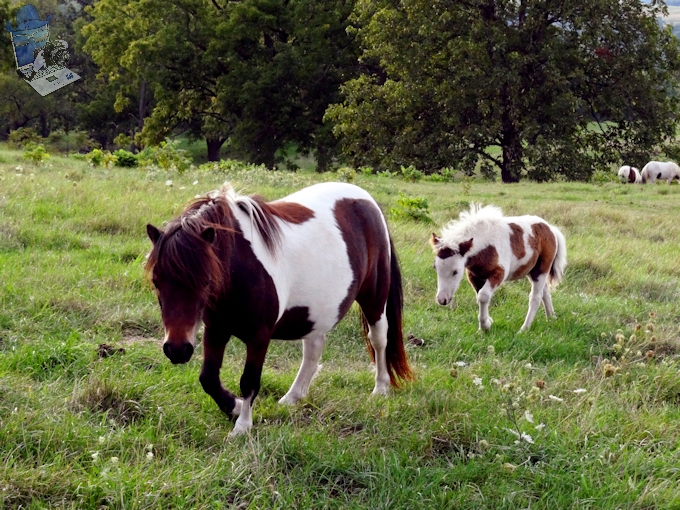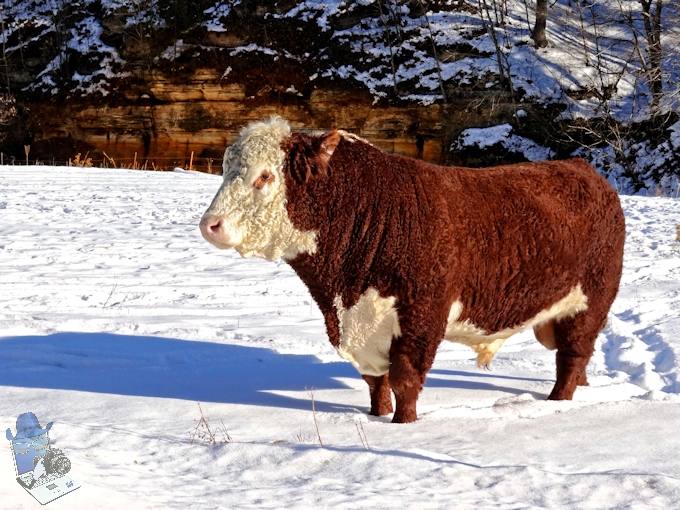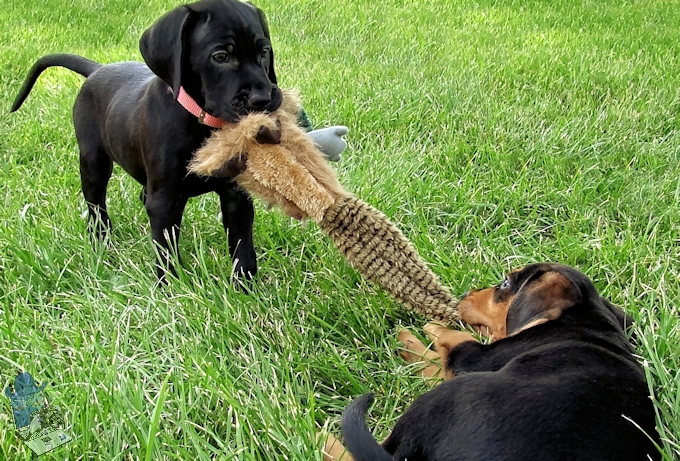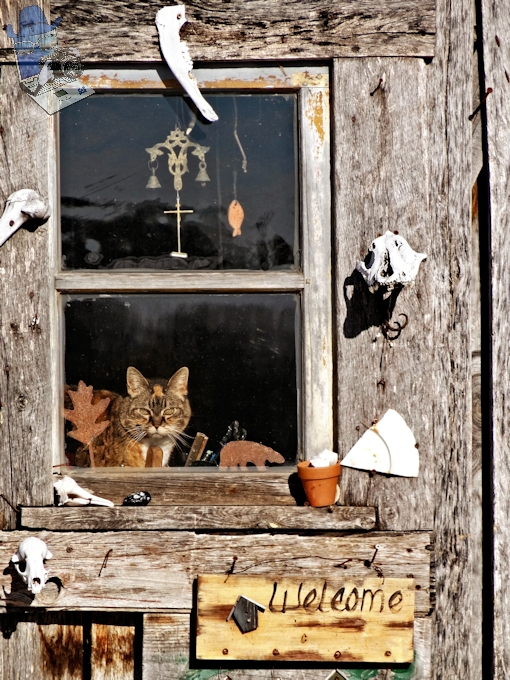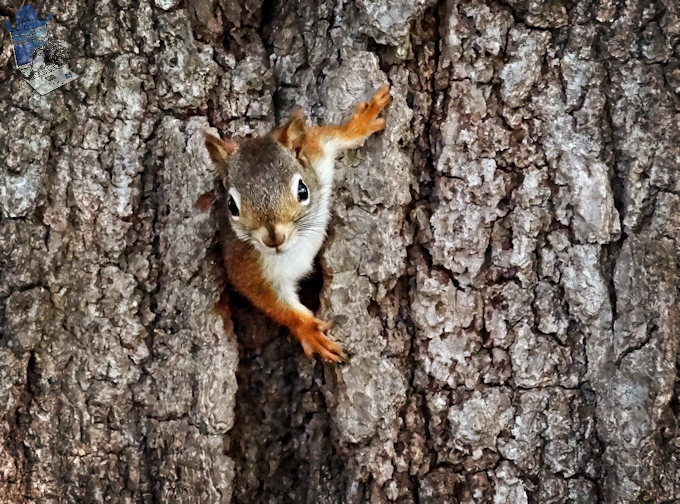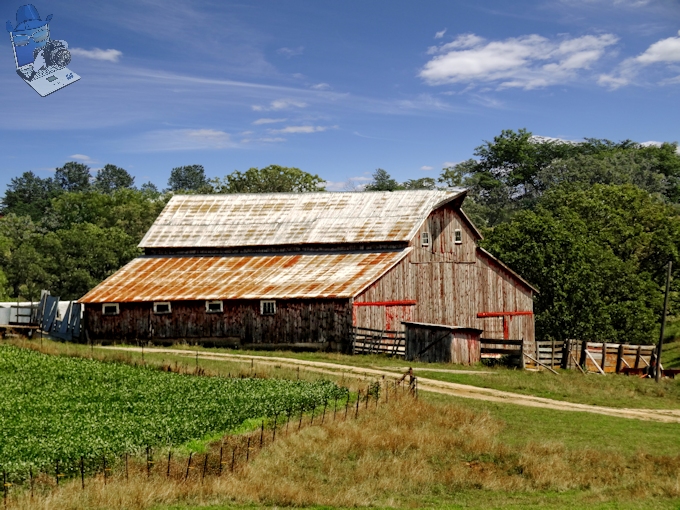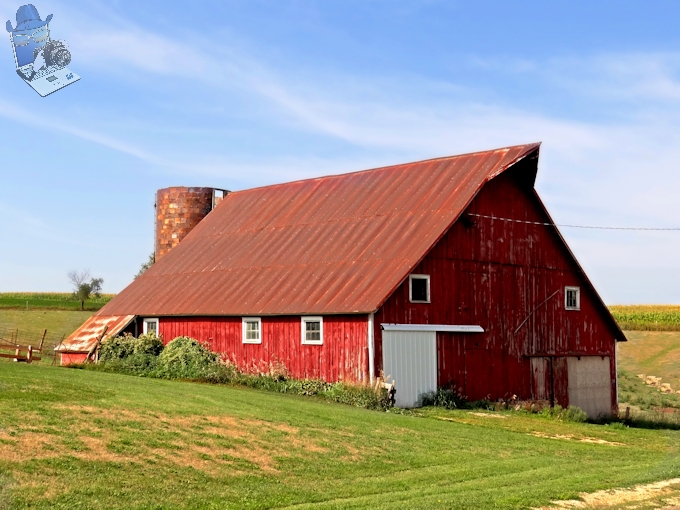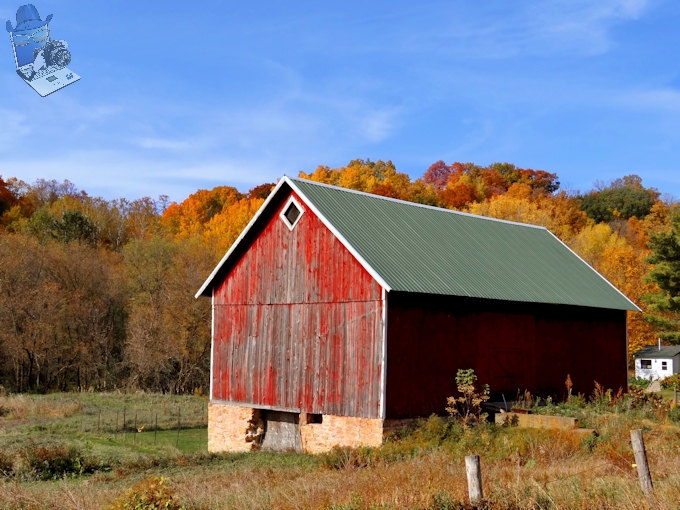To close out critter week, I figured we needed a picture of one more farm animal and since lambing season has started for some farmers, these playful lambs are a good subject. Lambs sure love to play king on the hill and race around chasing each other.
These lambs are a breed called Targhee, a relatively new breed that is less than a hundred years old as U.S. Sheep Experiment Station in Dubois, Idaho, began in the fall of 1926 to lay the foundation for the Targhee sheep breed consisting of a cross of Rambouillet, Lincoln, and Corriedale breeds.
The new breed was named Targhee after the Targhee National Forest where the animals grazed during the summer. The forest was named for a chief of the Bannock Indians who had lived in the area in the 1860’s.
Playful Lambs


